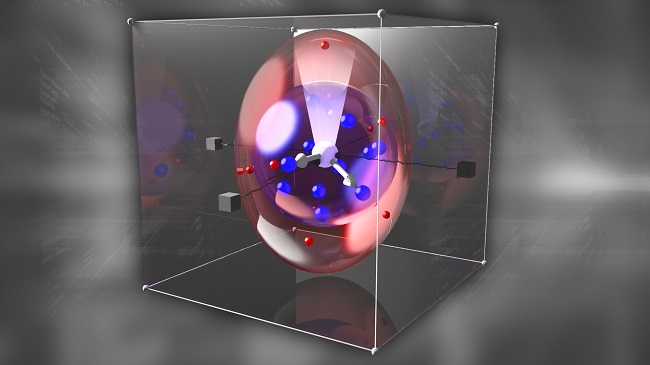If DARPA, the US military’s advanced research division, has its way, the frustrating and time-consuming task of software updates could be done away with, with software not needing updating for 100 years.
Called the Building Resource Adaptive Software Systems (BRASS), its incredibly advanced computer program will be developed over the next four years to see what is required to develop software that will remain robust and functional for a century, or even longer.
Discussing the project, DARPA says that such a development is vital to US national security, with cyber-attacks continuing to be an ever-present threat, but also speaks of its potential in the wider realm of public software.
The design of a BRASS software application, the research division says, will be “an entirely new clean-slate approach to software design, composition and adaptation” that will lead to the development of new linguistic abstractions, formal methods, and resource-aware program analysis to discover and specify program transformations, as well as systems designed to monitor and adapt to changes in the surrounding digital ecosystem.

Artist’s concept of software system components dynamically adapting to resource changes within an operational IT ecosystem. Image via DARPA
One day, the team hopes that the development of BRASS could lead to a future where a group of programs working on a high-level of functionality could be left to their own devices to track down inefficiencies within the US military in what obviously draws comparisons with the possibility of computer sentience.
“Ensuring applications continue to function correctly and efficiently in the face of a changing operational environment is a formidable challenge,” said Suresh Jagannathan, DARPA’s programme manager.
“Failure to respond to these changes can result in technically inferior and potentially vulnerable systems. Equally concerning, the lack of automated upgrade mechanisms to restructure and transform applications leads to high software maintenance costs and premature obsolescence of otherwise functionally sound software.”
iPhone updating image via Håkan Dahlström/Flickr